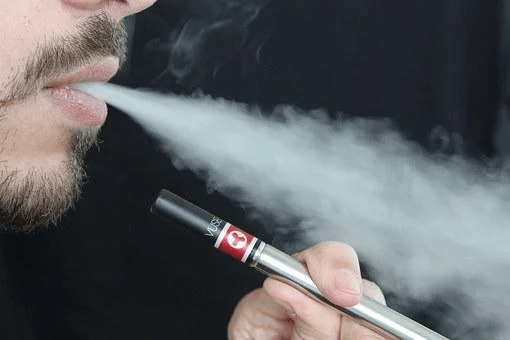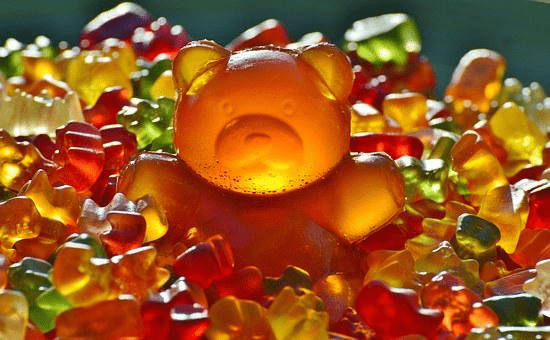Plastic was first introduced in 1907 by accident (synthetic plastic). But it became popular in the 1950’s era. Plastic mostly comes from fossil fuel which is some kind of nonrenewable source. Plastic isn’t good for the environment but due to some unique features, plastic can be used for bakery packaging boxes.
On the other hand, cardboard Packaging, invented in 1817, offers sustainability and recyclability derived from renewable wood pulp. It is biodegradable and can be used more than one or more times.
Plastic Packaging Boxes – Pros and Cons:
Pros:
Plastic is considered a low-cost packaging solution due to the following reasons:
- Durability: Excellent Durability due to its molecular arrangement, a good alternative for bakery products like cupcakes and donuts.
- Long lasting solution: It is considered as long lasting because it can be used for an extensive period.
- Lightweight Nature: Light weight as compared to cardboard and glass packaging boxes.
- Versatile: Great versatility – easy to use due to its flexibility feature
- Low GHG (Greenhouse Gases): Less carbon footprint compared to non-plastic, research by McKinsey found.
Cons:
- Dependency on fossil fuels: Its dependence on renewable sources makes it a bad use source.
- Single use nature: Most plastic is used once and is not usable for a second or more time, making it a non-recycled packaging solution
- Long lasting: It is both a pro and con as it takes so much time for the plastic to properly decompose, due to this it is not recyclable
- Non-biodegradable: Plastic boxes are non-biodegradable, which isn’t mostly considered good for the environment.
- Chemical leaching: Plastic packaging boxes are bad or even worse for food or bakery items, and can even cause some serious or potential risks.
Cardboard Packaging Boxes – Pros and Cons:
Pros:
- Recyclable: It is recyclable as it comes from wood pulp. Kraft Paper Box is the best cardboard box for bakery packaging.
- Sustainable: It is good for the environment due to its nature as it comes directly from the tree – wood pulp, making it a perfect choice for those bakeries who always prefer sustainability.
- Reusable: It can be used more times compared to plastic due to its nature.
- Printing and Design: It can be easily printable, you can add your bakeries brands logos, or other designs like customized colors etc., or other branding elements to your bakery packaging boxes to make it appealing to the customers.
- Cost savings: Bakeries can buy these boxes in bulk – at a wholesale rate – to save some extra money.
- Extended Storage: It can be stored for a long period, only if it can be saved from some factors like water or fire, etc.
Cons:
- Less durable: It is less durable if compared to plastic due to some factors, as it gets easily caught by fire and water.
- Stacking difficulties: It is difficult to carry a lot of weight as compared to plastic. It can be easily damaged or easily breakable if loaded with a lot of weight or heavy bakery items, for instance, if some cardboard is capable of only 2lb, loaded with a cake of 3 or more lb. it will damage or break the packaging box.
- Moisture impact: It can be easily damageable, due to its nature.
- Recycling rate: It is recyclable compared to plastic, but not for a long time as it can only be recyclable for 5-7 times of use.
- Energy used during production: It requires more energy compared to plastic; more than 3 % energy is required for manufacturing.
- Global deforestation: As it comes from wood, most bakeries don’t consider it a good source for using this for their bakery items. It has become a source of deforestation.
- More footprint: It has more footprint compared to plastic which is lighter and thinner.
Changes with the Times: Inventiveness and Adaptability in Packaging Solutions:
Bakeries need to be up to date and flexible in their packaging selections, by using creative solutions, bakeries can enhance their business. By using creative solutions in their packaging selections so that bakeries can keep up with the ever-evolving market conditions and shifts in customer and industry trends. This helps investigate advanced materials and technologies that provide affordable, environmentally friendly, and aesthetically pleasing packaging options.
To meet the changing needs of our customers and remain profitable and environmentally conscious, bakeries must remain up to date on market dynamics and embrace innovation.
Conclusion:
While both plastic packaging boxes and cardboard packaging boxes offer unique benefits and challenges for bakery packaging, the choice ultimately depends on factors such as:
- Cost-effectiveness
- Sustainability goal
- Consumer preferences
As the industry continues to innovate and prioritize environmental sustainability, bakeries can explore a range of different options to meet their packaging needs according to their taste – while minimizing their environmental footprint.



Niro
Hey people!!!!!
Good mood and good luck to everyone!!!!!
ClonifyNow helps you if you are dealing in Food delivery, Taxi or Cabs services, home services door to door, E commerce websites, laundry and many more.